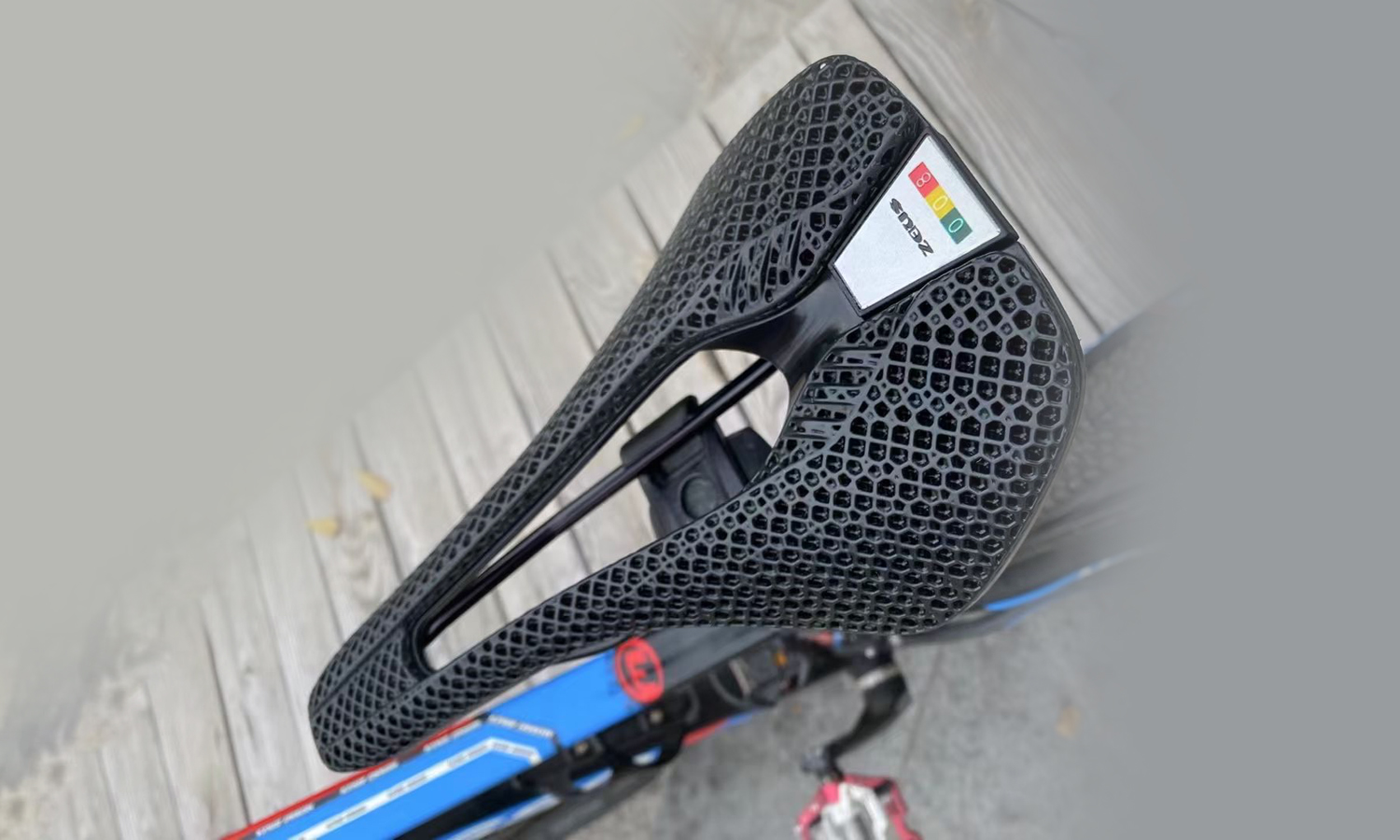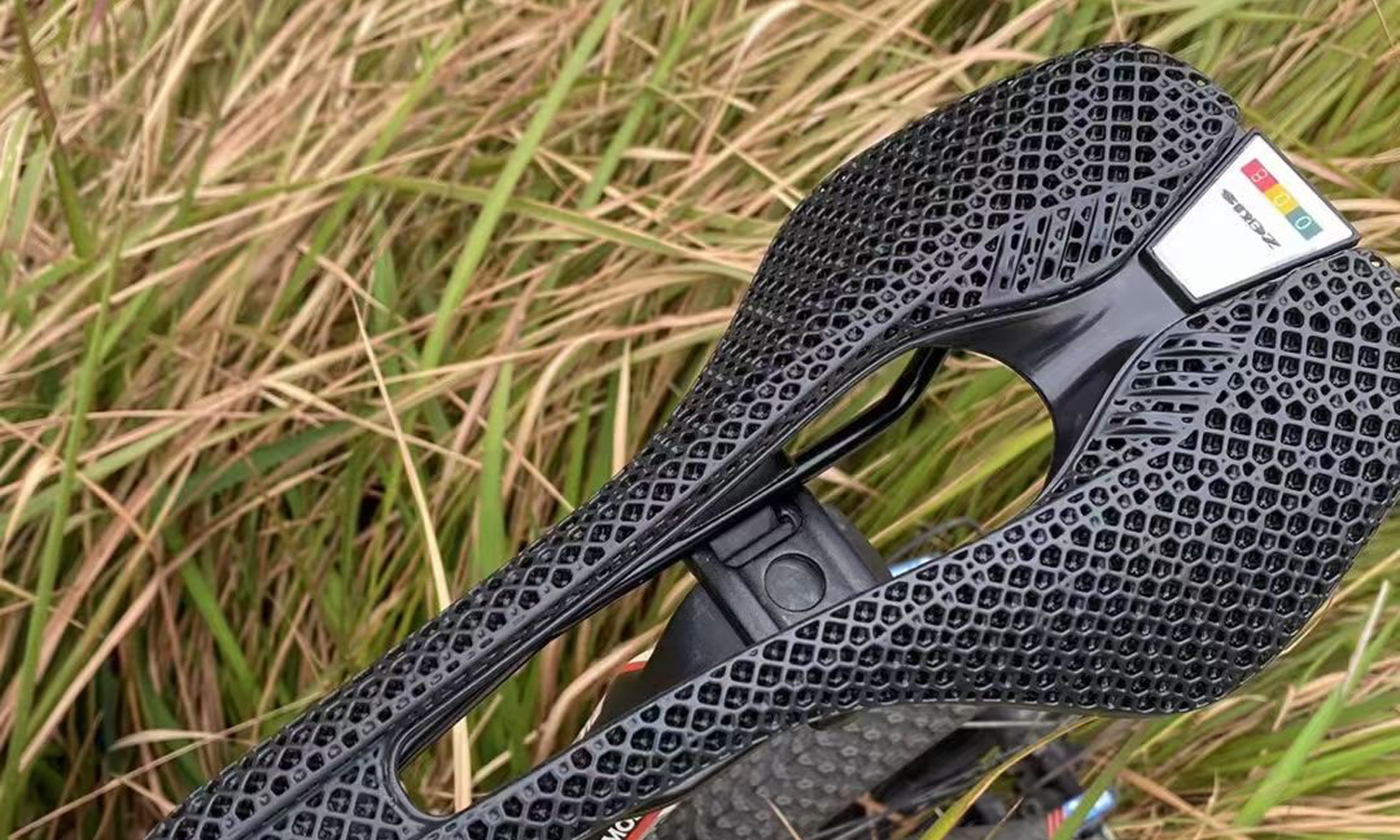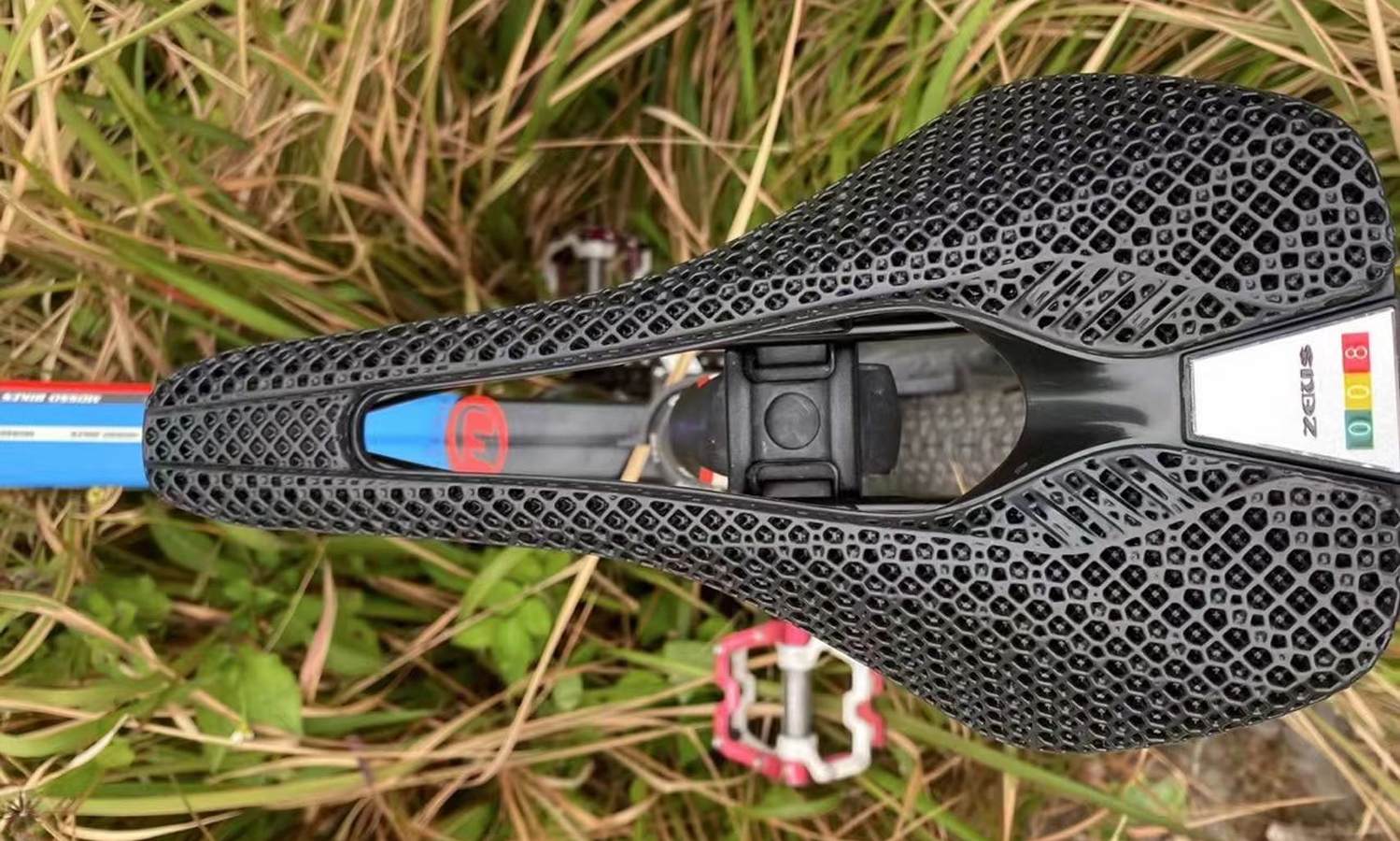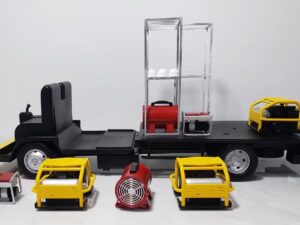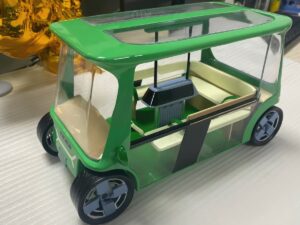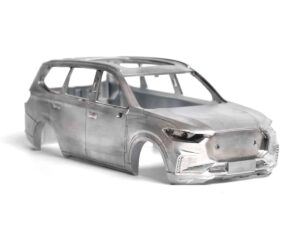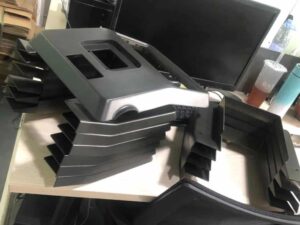DLS 3D Printed EPU Bike Saddle for Professional Cyclist
- SLA 3D Printed Silver Concept Car Scaled-down Model of a Luxury Vehicle Brand
- FDM 3D Printed Pair of Semi-Circle PLA Parts with Holes
Posted on 2022-05-27 in Automotive В· жұҪиҪҰ
Process 3D Print, Support Removal, Post Curing, Polish
Material Resin
Quantity 1 pcs
Price Range $1-100
Lead Time 5 workdays
Material Resin
Quantity 1 pcs
Price Range $1-100
Lead Time 5 workdays
Gallery
About Project
Adaptive padding is created through a process known as Digital Light Synthesis. DLS uses digital ultraviolet light projection, oxygen-permeable optics, and programmable liquid resins to essentially вҖңprintвҖқ saddle padding that is comfortable, supportive, and incredibly resilientвҖ”resistant to both UV exposure and prolonged, repeated use.
Solution
- Step 1: Digital Light Synthesis is based on stereolithography. Both processes use UV light to cure resin. Unlike stereolithography, however, CarbonвҖҷs process doesnвҖҷt pause after each layer. Instead, the resin continuously flows through a вҖңdead zoneвҖқ just above the oxygen-permeable window. Parts are built upside-down, as the build platform rises from the vat of resin.
- Step 2: After printing, the parts are cleaned of resin and freed from the build plate. Any supports are removed. UV-curable resin parts are complete at this stage. Many materials, however, require a thermal post-cure in an oven; this can take from 4 to 13 hours to complete. The heat sets off a secondary chemical reaction that strengthens the parts. Typically no further postprocessing is required after cleaning and curing.
